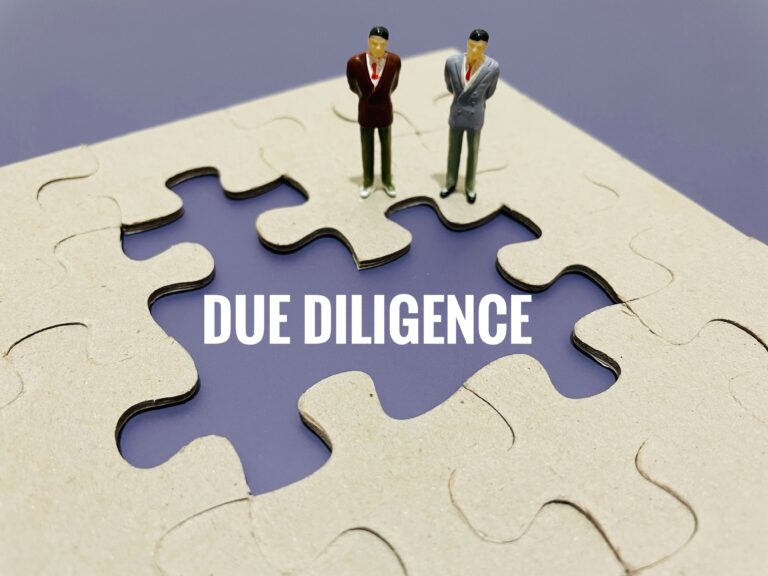If you’ve been victimized by violations of securities laws, you need an attorney that’s willing to take the fight to large brokerage houses and other financial institutions. MDF Law PLLC exclusively represents investors. We’ve successfully collected money for our clients through FINRA arbitrations and court proceedings for many types of securities law violations. If you’re wondering whether you’ve lost money due to unsuitable investment advice, investment fraud, conflicts of interest or other malfeasance, call MDF Law PLLC for a free consultation at 800-767-8040.
Securities News
Threshold Issues in Securities Litigation
In order to proceed with any type of securities litigation, the first hurdle is the threshold issue of determining whether an investment contract that qualifies under United States securities laws is in existence. In order to make this determination, the court applies the four factors that were established in the Supreme Court case SEC v. W.J. Howey Co., known as the “Howey Test.” Under this test, an investment is considered an investment contract if it’s:
- An investment of money;
- In a common enterprise;
- With the expectation of profit and
- To be derived from the efforts of others.
This test is difficult to apply to cryptocurrency. In 2017, the SEC ruled in a case involving the exchange of DAO token for Ether cryptocurrency that the securities laws will generally apply to cryptocurrency. In 2018, the SEC reached a different conclusion about Bitcoin, ruling that it’s a currency rather than a security because it’s never sought public funds.
What Are The Elements of a Securities Fraud Claim?
As with all types of civil litigation, a claim is successful when all the elements have been proved. These are the elements that must be met for a 10b-5 claim:
- A material omission or misrepresentation;
- Knowledge (scienter);
- Nexus between the omission/misrepresentation and the purchase or sale of securities;
- Reliance on the omission/misrepresentation for the transaction decision;
- Economics losses and
- The connection between the omission/misrepresentation and the loss.
For example, if a broker told you that they might be opening another Starbucks in New York City, knowing this was not true, it’s unlikely that the court would consider this information “material.” This information is not material because it’s unlikely that an extra Starbucks in a big city would have any impact on the stock price for the company. On the other hand, if the broker told a story about how Starbucks had developed a way to make their coffee 10X less expensive, that would be material as this news would have a good chance of impacting the stock. The court will apply this type of analysis to every element, so it’s important to hire a securities litigation attorney that has a great deal of experience in this area.
PSLRA and SLUSA
he Private Securities Litigation Reform Act (PSLRA) of 1995 was enacted to combat what was perceived as an abundance of frivolous class action lawsuits. It imposed stringent pleading requirements and other provisions intended to dissuade litigation such as:
- Plaintiff must specifically allege what is false or misleading and why in the initial pleadings before any discovery is exchanged;
- Caps on damages and
- Stays of discovery pending resolution of motions to dismiss.
Attorneys seeking to circumvent these provisions began bringing their claims under state rather than federal law. The Securities Litigation Uniform Standards Act (SLUSA) was passed in 1998 to limit this end run around the PSLRA, making federal court the exclusive forum for most securities fraud class action cases. The courts have strictly enforced the SLUSA, rejecting cases that claim to be breaches of contract, but are really securities litigation and any cases involving securities that are listed on national exchanges. Securities litigation is complex, so it’s important to hire an attorney that’s up to the task – call MDF Law PLLC for a free consultation.
The Importance of Rule 10b-5
Rule 10b-5 is a regulation that targets securities fraud that was created under the Securities and Exchange Act of 1934. It makes it illegal for anybody in the securities industry to use any type of measure to defraud, make false statements, omit information that’s relevant or conduct business in any way that might deceive a person, directly or indirectly. Rule 10b-5 has been amended and updated through the years, but remains the main basis for investigations of security fraud claims by the Securities and Exchange Commission (SEC.) Some examples of violations are:
- Hiding losses or low revenue through “creative accounting”;
- False statements intended to drive up stock prices and
- Insider trading.
Rule 10b5-1 explicitly addresses “insider trading,” calling it “trade based on material nonpublic information (MNP) and requires that the person know of the information while engaging in a sale or purchase. Rule 10b5-2 clarifies that you need not be an insider to be guilty of insider trading – anybody that gets wind of the information and makes a purchase or sale based on it, can be guilty of insider trading under what’s known as the “misappropriation theory.”
Is Your Claim Direct or Derivative?
If you’re a corporate shareholder, determining whether your securities litigation claim is direct or derivative is not as easy as you might think. Direct claims charge that the corporate defendants harmed the shareholder themselves and derivative claims assert that the defendants harmed the corporation, resulting in a lower share price to the detriment of the shareholder. The distinction is important because the procedural requirements and remedies are different. Direct claims are much more advantageous to individual shareholder claimants looking to get money into their hands, whereas derivative claims usually put money in the coffers of the corporation. It’s especially difficult to distinguish between direct and derivative claims for closely held corporations where the lion’s share of this type of litigation arises. Some examples of direct claims are for personal actions against a shareholder such as limiting or abolishing their voting rights or a wrongful termination. An effort on the part of the corporation to intimidate or coerce a shareholder to sell their stock would be considered direct, especially if the result would be a majority interest by the person doing the bullying. Even though derivative claims tend to benefit the corporation rather than the shareholders, there are situations where dividends have been ordered to be paid by shareholders from funds recovered due to a successful derivative claim. If you have questions about securities litigation, call MDF Law PLLC for a free consultation.




